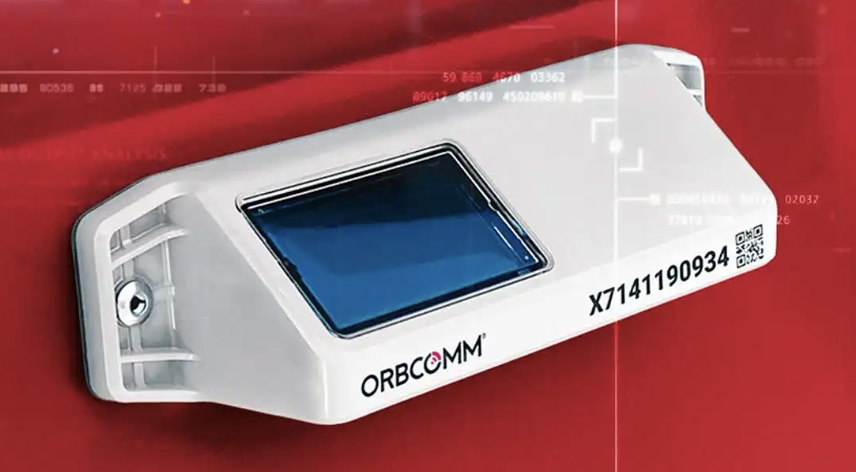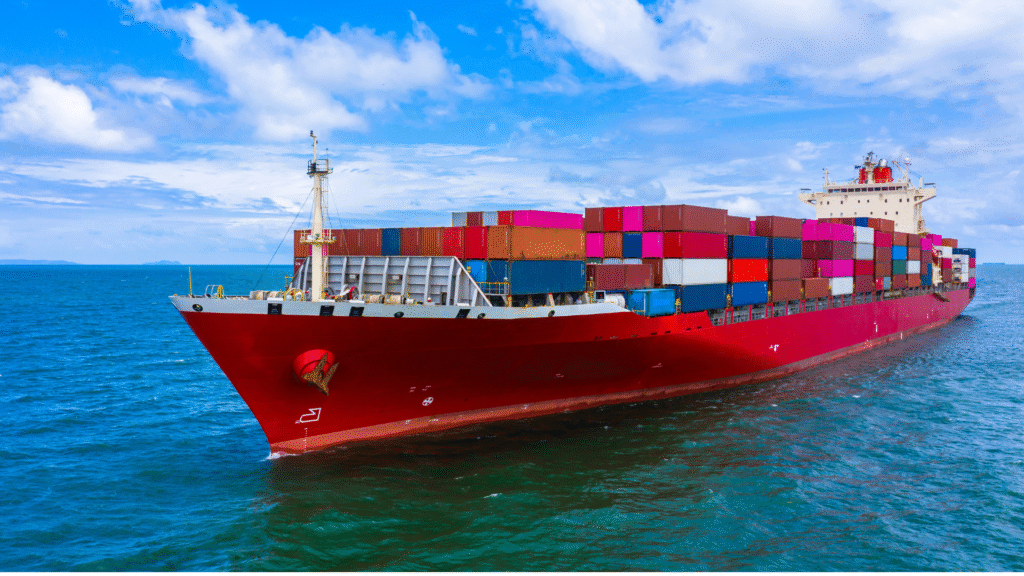ORBCOMM, a pioneer in satellite and cellular IoT solutions, has partnered with Hapag-Lloyd, a global leader in container shipping, to digitize the entire Hapag-Lloyd dry container fleet—more than 1.5 million units—by deploying solar-powered, ruggedized IoT tracking devices. This effort is the world’s largest smart dry container initiative, fundamentally transforming visibility and efficiency in global logistics using advanced satellite IoT technology.
Business Challenge: Demand for Shipping Transparency
Shipping container customers have begun to demand more comprehensive transparency about their cargo’s whereabouts, often due to frustration with fragmented data systems and inaccurate estimated times of arrival that disrupt operational planning. Companies no longer want to rely on scattered information across multiple carriers, ports, and logistics providers when managing complex supply chains. The shift toward consolidated data streams reflects businesses’ need for proactive decision-making rather than reactive responses to delays. This demand for visibility means that many companies want carriers who can deliver reliable, integrated tracking capabilities that seamlessly connect with their internal planning systems.
The Smart Container Initiative: Maritime Satellite IoT Implementation
To address mounting demands for shipping transparency, Hapag-Lloyd embarked on an ambitious initiative to transform its entire fleet of 1.5 million containers into smart containers using cutting-edge satellite IoT technology. This massive undertaking required years of collaboration with ORBCOMM, involving multiple trials and iterations to develop a solution capable of meeting the rigorous demands of global maritime logistics. The partnership ultimately produced the ORBCOMM CT 1000 device, a solar-powered IoT tracker specifically engineered for the harsh maritime environment. Hardware costs to implement to 1.5 million containers were $150 million.

The CT 1000’s dual-connectivity approach represents a breakthrough in container visibility. While the device leverages cellular networks for GPS location, environmental monitoring, and status updates in coastal areas, it seamlessly transitions to satellite connectivity when containers venture into the vast oceanic regions where terrestrial infrastructure is non-existent. This satellite capability is what distinguishes the solution from previous tracking attempts, transforming container monitoring from a limited coastal tracking system into a truly comprehensive global platform.
Without the ability to connect to satellite coverage, containers disappear for weeks during ocean crossings, creating precisely the data gaps that have long frustrated customers seeking accurate ETAs and real-time visibility. The integration of satellite connectivity ensures uninterrupted data flow from the most remote oceanic regions directly into Hapag-Lloyd’s LIVE platform, delivering the continuous transparency that modern supply chains demand. The satellite-enabled approach eliminates maritime shipping’s traditional blind spots, making every mile of a container’s journey visible and enabling the proactive decision-making that customers now expect from their logistics providers.
Implementation Challenges
The transformation of Hapag-Lloyd’s 1.5 million containers into smart containers required solving significant technological and operational challenges. The CT 1000 device needed to withstand harsh maritime conditions for years without maintenance, necessitating ATEX Zone 2 certification and IP67/IP69K ratings to handle saltwater exposure, solar radiation, physical impacts, and rough handling. The solar-powered energy harvesting system was designed to support continuous operation and high-frequency data transmission over extended periods.
The deployment itself presented substantial logistical complexities, with over 1.5 million devices requiring distribution to up to 200 global depots while coordinating installation teams, managing import/export documentation, and ensuring compliance with varying country-specific regulations. To meet project timelines, the rollout scaled to install up to 100,000 devices per month, creating a coordinated effort that spanned multiple continents and regulatory environments.
Innovations & New Developments in Maritime Satellite IoT Technology
Recent innovations have enhanced the smart container platform’s capabilities and future readiness through advanced satellite IoT technology. ORBCOMM’s OGx satellite network upgrades now enable larger, faster, and more cost-effective data transfers, supporting richer IoT applications and seamless over-the-air updates to deployed devices. The CT 1000 has evolved to include Bluetooth 5 connectivity, allowing wireless integration with additional sensors that expand monitoring capabilities for security and cargo condition assessment. These devices are designed with future-proofing in mind, featuring over-the-air update capabilities and compliance with evolving maritime safety standards to ensure long-term viability as requirements and technologies continue to advance.

Results & Impact
ORBCOMM’s comprehensive digitization solution for Hapag-Lloyd’s dry container fleet delivered transformative results that established new industry benchmarks for maritime satellite IoT technology. By enabling the first major carrier to achieve fleet digitization at this scale, ORBCOMM demonstrated the viability of satellite IoT connectivity for global container tracking, providing shippers with complete transparency, significantly improved ETA reliability, and actionable insights for supply chain optimization.
The CT 1000 device’s performance enhanced operational efficiency through improved fleet utilization, reduced idle time, and more effective disruption management capabilities enabled by real-time visibility across oceanic routes. ORBCOMM’s solution also supports sustainability objectives by enabling optimized logistics operations and reducing unnecessary container movements through better planning and coordination. Most significantly, this successful deployment has catalyzed industry-wide adoption of IoT and satellite connectivity technologies in container shipping, positioning ORBCOMM as the leading provider of maritime satellite IoT solutions while driving broader technological transformation across the global logistics sector.
